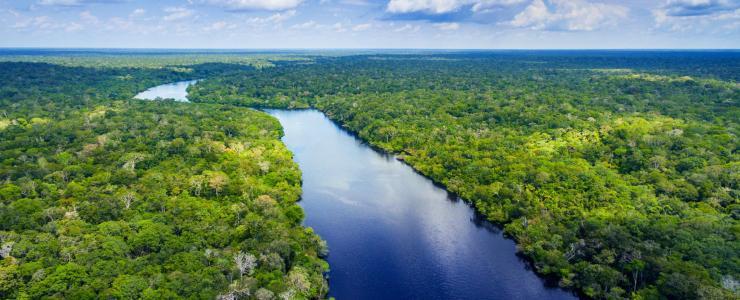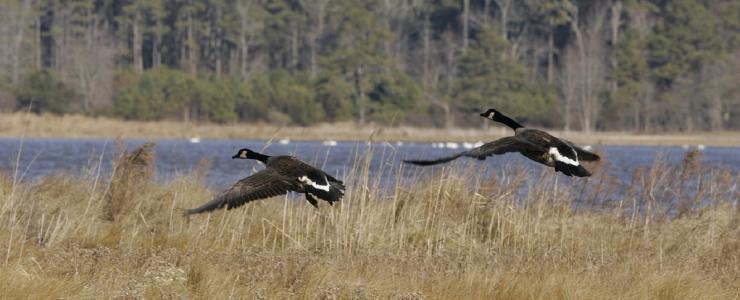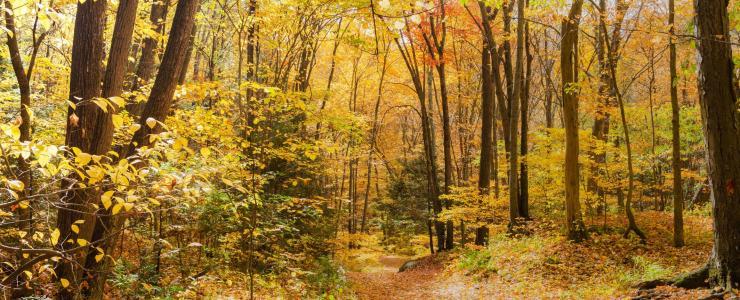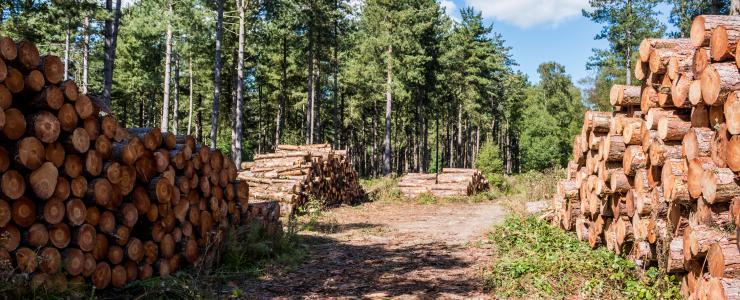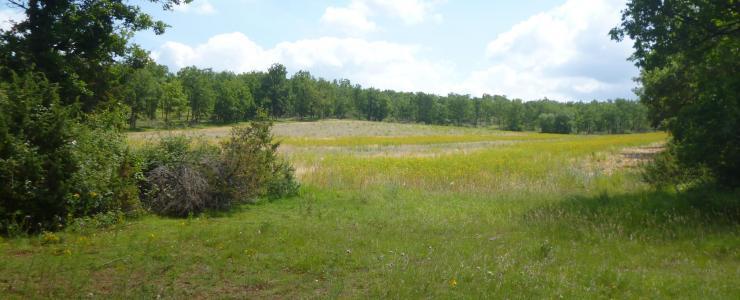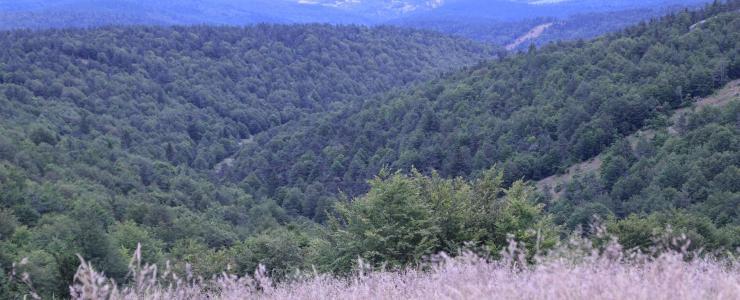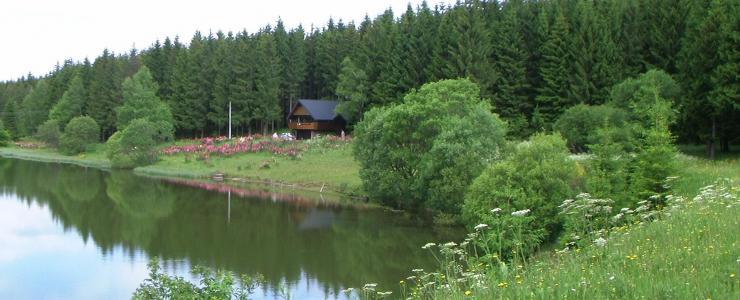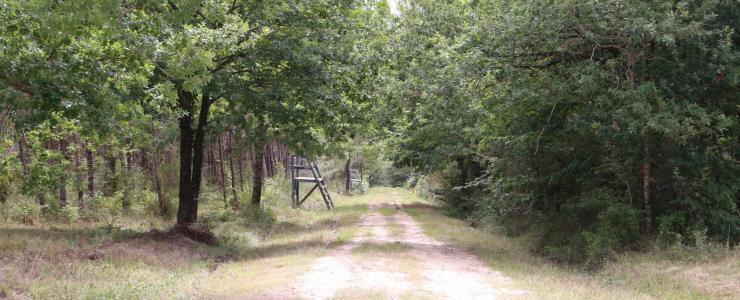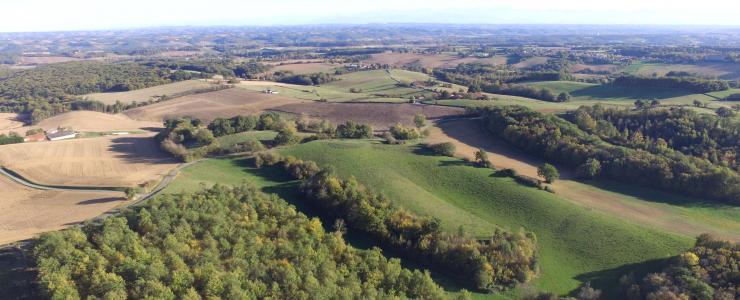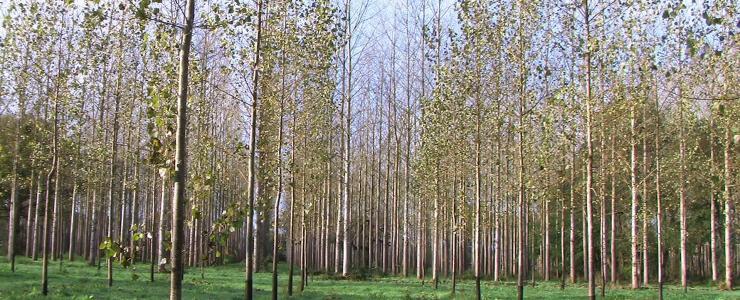Forestry policy
In France, forestry policy is mainly focused on sustainable development of woodland assets. The public authorities have clearly understood that the forest economy is of major importance in a country where the forests cover more than a quarter of the territory.
Where wooded areas have doubled since 1850 to cover around 15 million hectares today, or 28% of the country. Forests now play a privileged role, from a landscape, economic and ecological viewpoint.
In France, forestry policy is a matter for the State, which ensures national consistency.
It rolls out a dynamic forestry policy that combines ambitions for growth with sustainable development, as well as a desire to protect and promote the forest heritage, as well as the people who work in the forests. The Framework Law on the Forest (9 July 2001) sets out this forestry policy, emphasizing the notions of sustainable development and versatility (covering economic, environmental and social functions).
This law includes 7 main points:
- Enshrining the concepts of sustainable development and sustainable forest management, with regard to international law
- Endorsing and organizing the social function of forests
- Encouraging forestry investments
- Boosting the economic function of the French forest
- Improved organization of the forestry institutions and professions
- Improving the working conditions for people employed in the forest
- Better protecting the forest by strengthening and adapting regulations
It is worth nothing that, in France, the forests and woodlands can be the property of local authorities (mainly towns or villages) or of private individuals, who own the large majority of forested areas.
Forests and woodlands in France are subject to different legal regimes, depending on their owners’ status.
However, there is a gradual shift towards a standardization of the rules on conservation, protection measures against erosion, inventory and reforestation. Forestry policy in France aims to develop best practices for respectful management over time. Private and public owners comply with some very similar regulations.
At regional level, the Regional Department for Agriculture and Forest (DRAF) and the Regional Center for Forest Owners (CRPF) are responsible for implementing the sustainable management documents. These documents include the forest management plan (PSG), the code of good forestry practice (CBPS) and the standard management regulations (RTG), and draw on a framework document, the Regional Plan for Forestry Management (SRGS). The goal is to implement practices that contribute towards sustainable development of the forest stand.
The ONF (the French forestry commission), founded in 1964, is a public industrial and commercial concern. It oversees the management and equipment of forests and woodlands belonging to the State. It thus ensures implementation of the forestry regime.
The forest economy in France is obviously dependent on the forestry policies applied over the past few decades but it also has to take on-board European and international directives.
For example, the EAFRD (European Agricultural Fund for Rural Development) funds rural development measures recommended in the Member States’ forestry strategies. Similarly, the COP21 international climate conference held in Paris in 2015 emphasized and expanded on the terms of the Kyoto agreement as regards climate change.
We now know that the forest is a key environmental concern, particularly as trees sequester carbon dioxide, thus reducing greenhouse gas emissions.

Sustainable management documents are mandatory
- Depending on the exploited surface area
- To entitle owners to tax benefits
The Regional Silviculture Management Scheme or SRGS:
The SRGS (or Schéma Régional de Gestion Sylvicole in French) describes the characteristics of the forest and of the regional wood sector, the main forest regions and the main types of stand. It reiterates the issues included in the Regional Forestry Guidelines and sets them out as sustainable management recommendations for implementation by foresters in private woodlands.
This means it is the reference document, quoted when studying and approving sustainable management documents.
The ‘PSG’ forest management plan
The Plan Simple de Gestion (or PSG) is designed to ensure sustainable management of the forest by preventing uncontrolled felling that would damage the environment.
The PSG plan is a tool used to:
- Improve knowledge of your wood thanks to a detailed inventory of the stands,
- Rationalize management by scheduling felling and other forestry work and infrastructure
- Leave a record of your management practices for your successors
- Entitle you to certain tax benefits (Monichon law)
It is a sustainable management document and is mandatory for private forests with a surface area of more than 25Â ha in the same municipality, and for forests of more than 10Â ha on a single site where the owner wishes to benefit from public aid (e.g. subsidies for forestry operations).
The document is established by the owner or their representative for a period they determine, for a minimum 10 years and a maximum 20 years. It is a personal document, which means any future owner will not be bound by it. However, the new owner is required to present their own document if the forest falls within the scope of application of the law.
If a forest is not covered by a PSG plan, the buyer must have one approved within four years of the date of transfer of property.
Other sustainable management documents
Code of Good Forestry Practice, CBPS: This document applies to properties of under 25Â ha. It contains some essential recommendations that are compliant with sustainable management. As a procedure, it is less weighty than the PSG. It is a ten-year commitment and entitles owners to certain tax benefits (the DEFI travaux and DEFI acquisition tax incentive schemes, the Monichon law, and a reduction in inheritance duty).
The Standard Management Regulations, or RTG: The RTG is a framework document for forestry cooperatives and surveyors. It must be approved by the CRPF. For a forest to be considered as presenting a sustainable management guarantee, the owner must agree for his property to be managed in accordance with RTG regulations for ten years.



